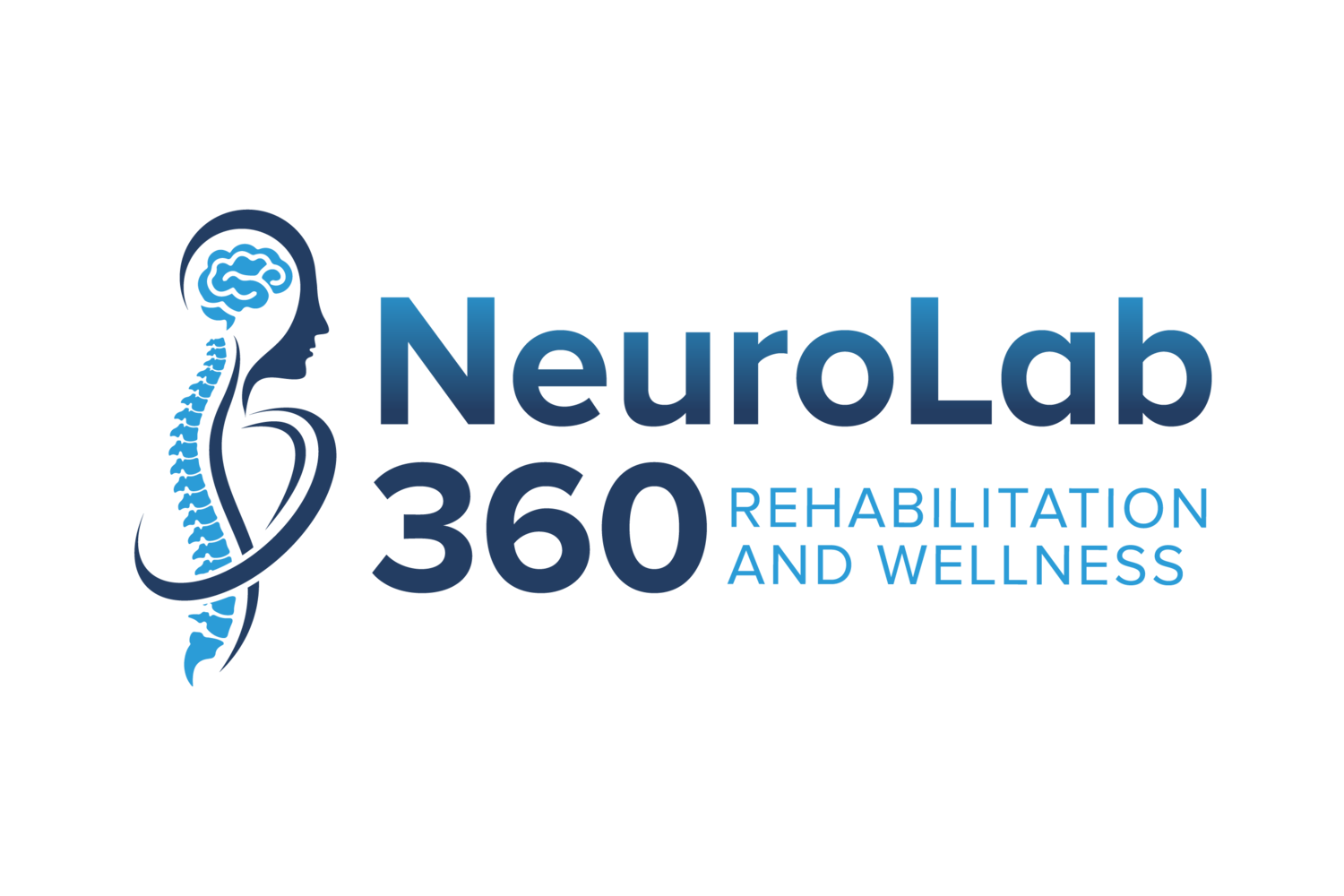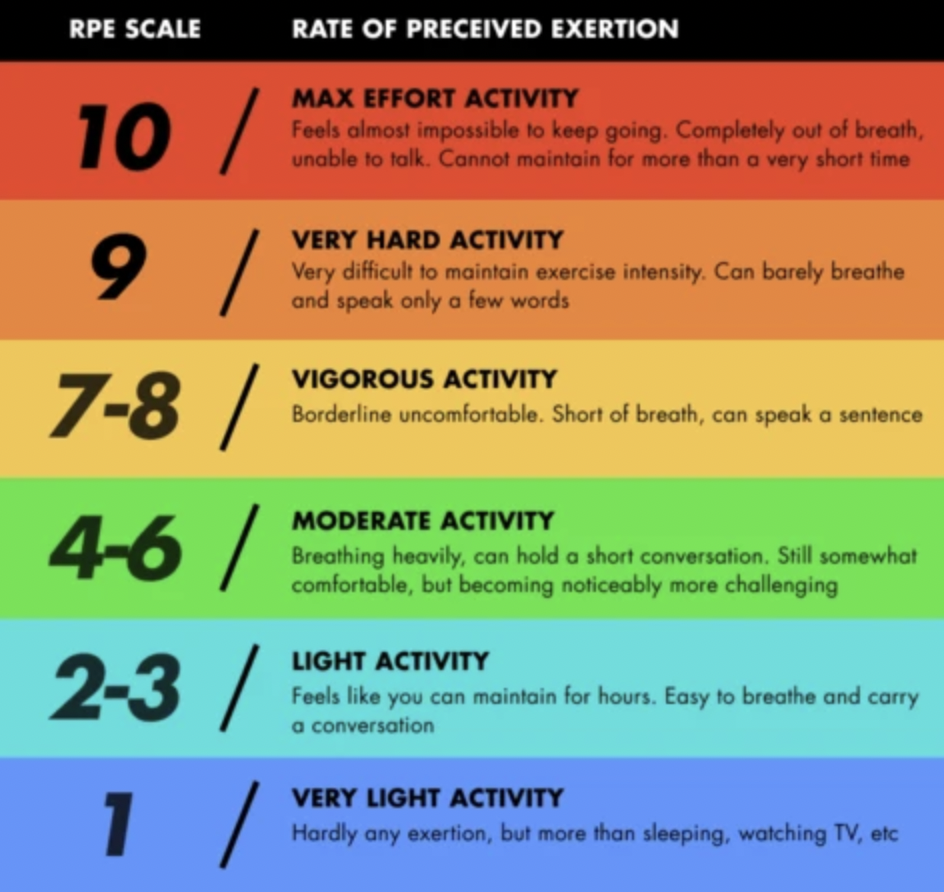Exercise Prescription for Individuals with Parkinson’s Disease
We know how important exercise is, but what type and how much exercise is needed? In this blog post, we will discuss exercise prescription including how much and what type of exercise is recommended to get the most benefit.
There are four main types of exercise that are recommended for individuals with Parkinson’s Disease. These include: aerobic exercise, strength training, balance, agility and multi task training, and flexibility training. We will be discussing each of these in a bit more detail!
Aerobic exercise is considered a prolonged and rhythmic activity that uses large muscle groups. Examples include walking, jogging, biking, swimming, and dancing. Aerobic exercise should be performed at least 3 days per week. The goal is to reach about 150 minutes of moderate intensity aerobic exercise per week. One way that we measure intensity is by using a rate of perceived exertion scale. Moderate intensity is considered ~4-6/10 on the scale below.
Rate of Perceived Exertion Scale
Special considerations: One great way to get in aerobic exercise and build your endurance is to do interval training. This means increasing your intensity for a duration of time (maybe 30 seconds), and then backing off and recovering for a period of time (maybe another 30 seconds).
Strength training involves working on increasing the strength and force that your muscles can produce. This can be through body weight exercises such as sit to stands, or can be performed with an external load such as dumbbells, resistance bands, weight machines etc. Strength training should be performed 2-3 days per week. In general, the goal is to perform 3 sets of 10 repetitions. How much weight should you use? Well, the literature on strength training uses a percentage of someone’s one repetition maximum (or 1-RM) to determine what weight should be used. For individuals with Parkinson’s, it is recommended to perform strengthening exercises at 60% of the individuals 1-RM. This means if you determine that the heaviest weight you can use to complete a bicep curl is 30lbs, then you should use 18lbs and complete 3 sets of 10 repetitions.
Special Considerations: Because individuals with Parkinson’s Disease tend to have over-activation of the flexor muscles, it is generally recommended to focus on the extensor muscles. This means strengthening your postural muscles and the muscles that help you stand up tall.
Balance, Agility, and Multi-Tasking involves activities such as multi-directional stepping, weight shifting, large amplitude movements, floor activities, and doing multiple things at once such as walking or stepping while performing a cognitive task like naming animals at the same time. It is recommended to do this type of exercise 2-3 times per week (or daily if you can!) for a total of 2-3 hours per week.
Special Considerations: If you have been joining our group exercise classes, you know that we work a lot on PWR! Moves. This is one great way to get in a lot of balance, agility and multi-task training!
Flexibility training involves both static and dynamic stretching. Static stretching means holding a stretch for a prolonged period of time, while dynamic stretching means moving in and out of a stretch actively. It is usually recommended to perform dynamic stretching prior to exercise, and static stretching after exercise. Stretching should be performed at least 2-3 days per week with a goal of every single day. Each static stretch should be held for about 1min total (but you can break that up however you’d like). For dynamic stretching, it’s best to do 8-10 movements in each direction.
Special Considerations: It is especially important to stretch out those over-active flexor muscles such as your hamstrings (back of your thigh and down behind the knee), hip flexors (top and front of your hips), and pecs (chest muscles).
Click here for a great resource made by the Parkinson’s Foundation that summarizes the exercise recommendations for individuals with Parkinson’s Disease in a table format. Check back soon for blog posts where we discuss each of these exercise components (aerobic, strength, balance/agility/multi-tasking, and flexibility training) and what the research says about them in relation to Parkinson’s Disease. If you aren’t sure where to begin, we can help! Speak with your neurologist or primary care physician to see if you’d be an appropriate candidate for our group exercise classes or physical therapy! We always suggest discussing with your physician prior to starting an exercise program.

